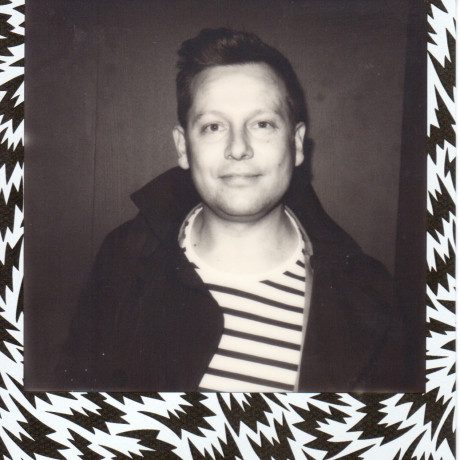A1: Britain on the Verge – Peter Dench’s Latest Project in his Own Words
Words by Peter Dench
Cars weren’t a big part of my youth and any part they did play in it was largely underwhelming. The gear stick of our first family car, a maroon Austin Maxi, detached into my father’s left hand less than half a mile into the school run one day. Family days out in the sky blue Ford Escort [with white hub caps] often ended with a call to the AA breakdown recovery service. I couldn’t travel double-digit mileage without bringing up food; sucking on a barley sugar didn’t help. I did own one car: a beige Mini Metro that I bought from my sister, I removed the Garfield soft toy and g-string from the rear window and handed her £400. Once, hungover, I had to pull over for a nap a third of the way into a 60-minute drive. On another occasion, I abandoned the car when it suddenly halted en route to my Saturday job at fashion retailer Top Man. Returning to retrieve it three days later, I realised the car had simply run out of petrol and I had run out of enthusiasm for owning a car.

Peter Dench
While not fond of cars, I am very fond of journeys and from the age of 19, one in particular was a ‘must do’ in my brain. The library at the Bournemouth & Poole College of Art & Design didn’t have many photography books, and those it did have, largely contained images of black and white wars, long gone film stars and ‘how to’ manuals. There were a few exceptions and A1 THE GREAT NORTH ROAD by Paul Graham was exceptional. It alerted me to the fact that you didn’t have to board an aeroplane to a foreign front line to take photographs, you could just pop up the road.
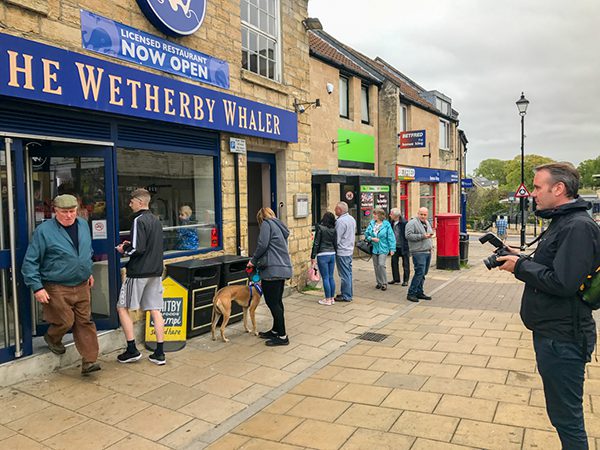
Dench: On the Road
At the beginning of the 1980’s Graham [born in 1956] was among the first British photographers to unite contemporary colour practice with the documentary genre which had a transformative effect on the black and white tradition that had dominated British photography. A1, published in 1983, was his first book. Forty full colour, large format photographs made over two years on the life and landscape of Britain’s once great road.
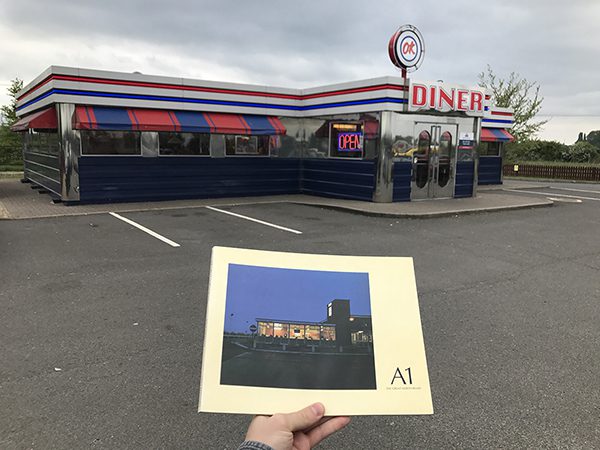
Paul Graham’s A1
The images are ugly and beautiful; bland and engaging; solitary and proud; bleak and bright. Poppies in the mist contrast with gaudy truck stop bedroom interiors. Steam rises over the horizon from the cooling towers of Ferrybridge Power Station, West Yorkshire. Smoke fills the sky from a field ablaze in North Yorkshire. A company representative stands in his grey suit in a drizzly services car park. Two bespectacled cafe assistants pose stoically in the Compass Cafe in Costleworth, Lincolnshire. It wasn’t an idealised brochure of a green and pleasant land, it was a compelling portrait of early 80’s Britain.
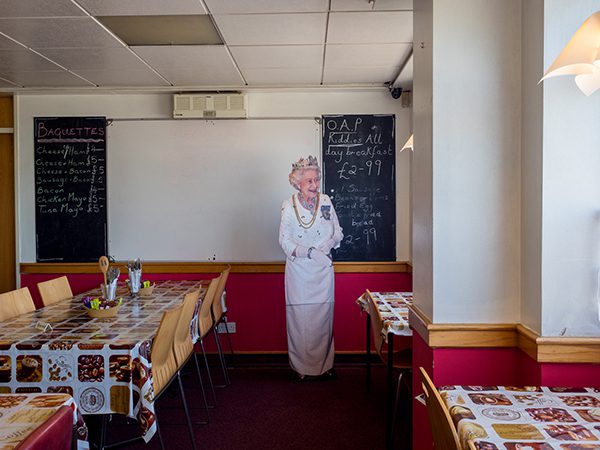
Customers at Flo’s Cafe can get a photo taken with a cut out of the Queen. Blyth, Nottinghamshire.
26 years on and 109 miles away from that Eureka! moment in Bournemouth library, it was my turn. I flicked on my Olympus OM-D E-M1 Mark II and slid across the Nissan car seat and nestled alongside my brother-in-law James for the 410-mile journey north. James would be my driver, logistics expert, diarist and companion: the Raymond Babbitt to my Charlie; Thelma to my Louise, Thatcher to my Callaghan; and all he wanted in return was to eat his own body weight in fried chicken along the way.
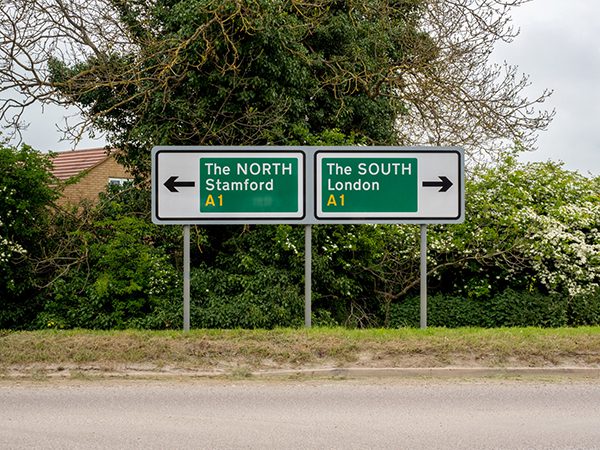
The NORTH. The SOUTH. Stibbington, Cambridgeshire.
Britain is about to change. The fault lines that exist across the country have been exacerbated by the nation’s 2016 decision to leave the European Union and the unconvincing outcome of the June 2017 general election. Communities and families have been divided. Is life in Britain about to become better or worse?
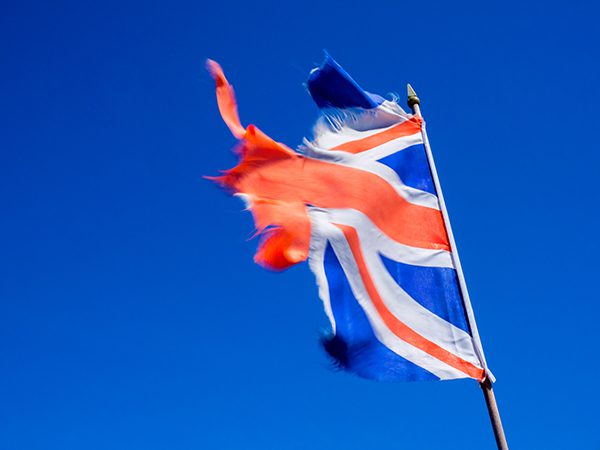
A tattered Union flag of Great Britain.
Will employment opportunities increase or diminish? Will the economy and industries collapse or thrive? Are the British worried about the future and do elderly people, the majority of whom voted Leave, care less about it than the young? Will Britain leaving the EU mean immigrants will feel unsafe and be forced to leave? How proud do people feel to be British? These are some of the many questions I wanted to put to the people of Britain. The A1 would be my tendril to them, an artery that connects as much as it divides, a route of certainty in a time of tumult.
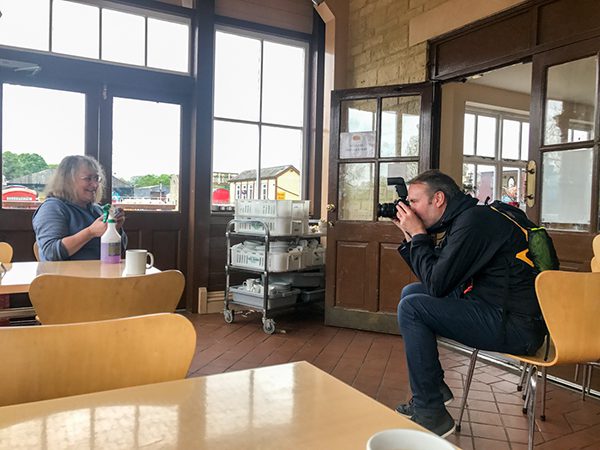
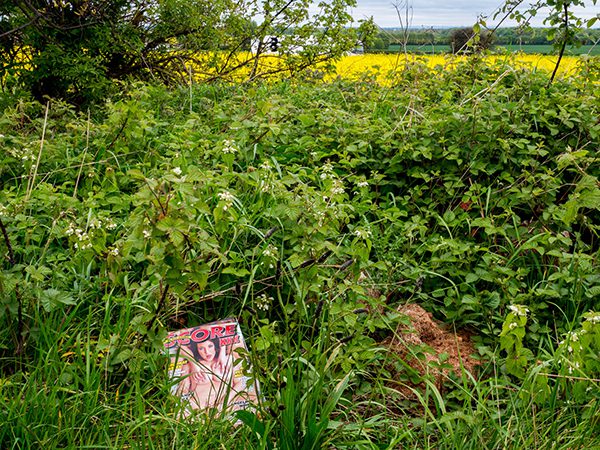
Discarded adult magazines found in a lay-by. West Yorkshire.
Along the asphalt, we ate mushroom omelettes at BABS cafe with Babs and her husband Pendleton, who explained that business was rubbish and they couldn’t wait to retire after “27 long years” but not long enough to spell OMLET correctly on the menu.
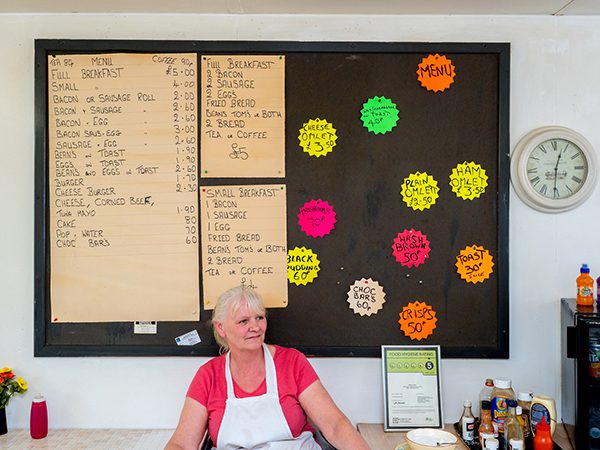
Babs sat under the menu board in BABS cafe. Blyth, Nottinghamshire.
We explored the parks of Wetherby and the sex shops of Bedfordshire, where the Sri Lankan cashier, whose wife, customers and visiting photojournalists, are the only ones who know he works there, revealed business was on the up. In Doncaster, the entire town seemed to be drunk after the football team narrowly missed out on clinching the League Two title on the final day of the season. In Newcastle, the entire city seemed to be drunk after the football team narrowly clinched the Championship title on the final day of the season.
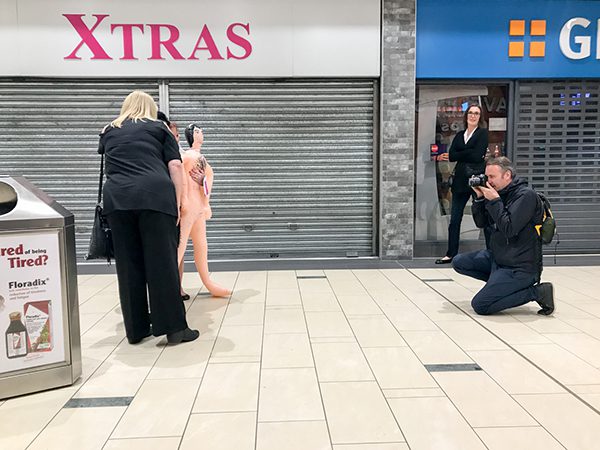
At the Baldock Extra Motorway Services, Challis and her boyfriend Arnold, both dressed in camouflage tracksuits, socks and open-toe pool shoes were driving north to visit family in Great Yarmouth. After a welcome break at the OK Diner near Newark-on-Trent, Vilma and Darius were continuing on to Sheffield; the Lithuanians have lived in Britain for over a decade and aren’t concerned about their post-Brexit residency. Alan, site manager at a Bellway Homes development on the fringes of Morpeth, expected all of the 125 new builds to sell quickly and some of them for over half a million: a high-profile English cricketer has already bought one. Mark, selling fruit and veg on the Holloway Road in London, has witnessed an increase in transportation and import costs but is optimistic the business will survive “things will settle down” he said.
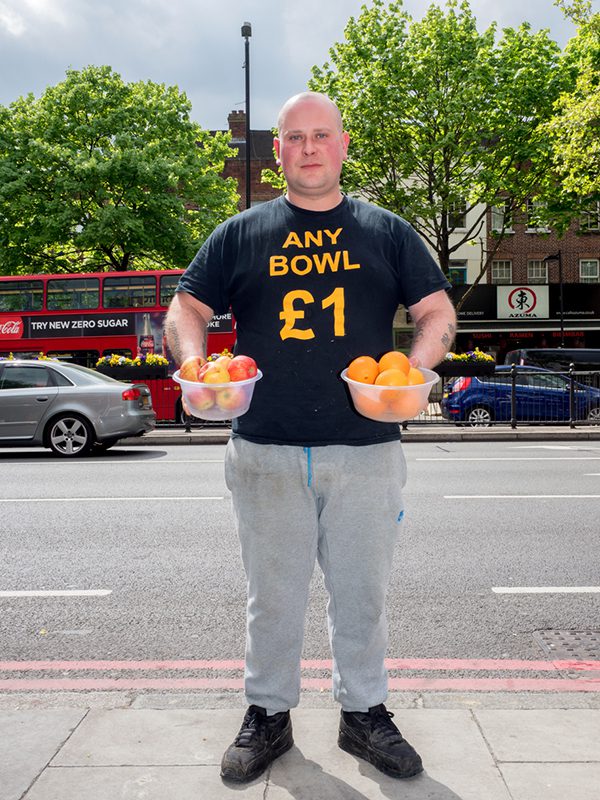
Mark, 32, from Essex selling fruit and vegetables. The business has witnessed price rises in transportation and import costs, according to Mark, as a consequence of Brexit. He is optimistic the business will survive. Holloway, London.
The Labour voters I met along the A1 said they are doing okay. The Conservative voters I met said they are doing okay. If the drive and grit of the people I met is an accurate reflection of the nation, Britain is going to be okay. On our final day, as a treat for James, I took him to the Living Health Natural Therapies and Chiropractic Centre in Grantham, not to relieve pain, restore health, soothe and de-stress without the use of drugs or surgery in a calming and relaxed atmosphere, but to show him the massage treatment room that was originally the childhood bedroom of Margaret Thatcher. He was seemed overwhelmed, or it could have been the fried chicken.

A view south towards the city. Archway Road, London.
In the thirty five years since Paul Graham documented the A1, what he encountered has largely disappeared. It’s why as a photographer I keep swinging my legs out of bed, to leave loved ones behind and spend money I might not have. To document today what may gone tomorrow, of a nation on the verge.
Peter Dench’s new collection, A1: Britain on the Verge, will be exhibited between the 16th – 20th January 2018 at Art Bermondsey Project in London.
183-185 Bermondsey Road, London. 11am – 6pm daily.
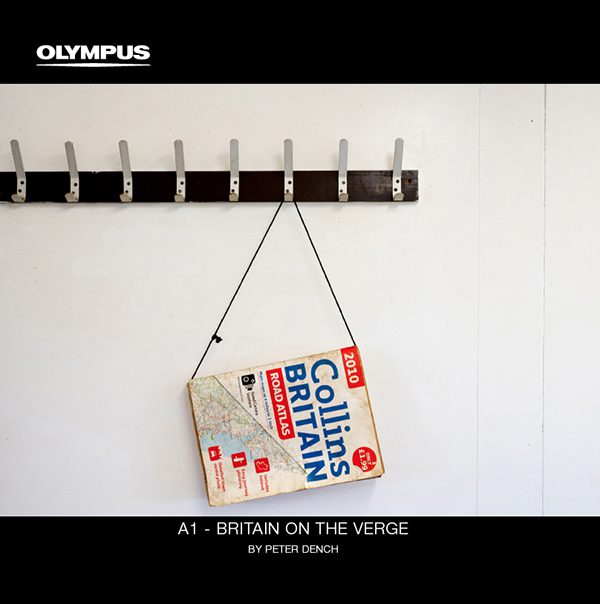
Peter Dench’s A1: Britain on the Verge project, will be accompanied by a brand-new, limited edition book, which will be available throughout the London exhibition.


